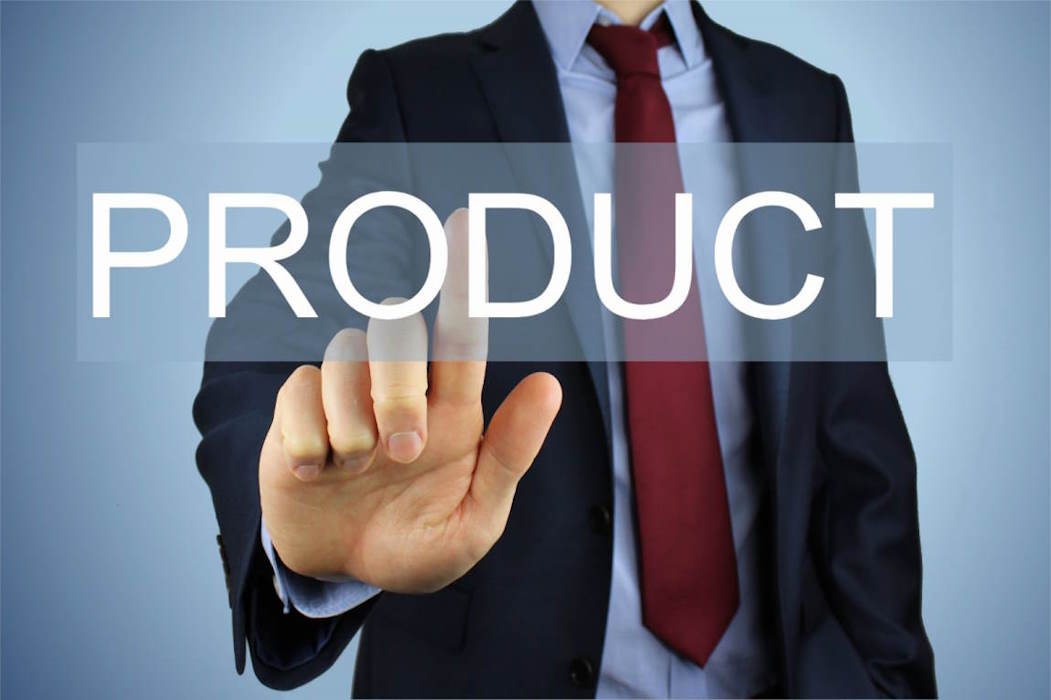Creating a new product begins with an idea, but turning that idea into a tangible prototype is where the real challenge lies.
Prototyping is a crucial phase in product development, serving as the bridge between the conceptual design and the final product. It allows designers, engineers, and innovators to test, refine, and perfect their ideas before full-scale production. Whether you’re an entrepreneur with a fresh invention or a seasoned product designer, understanding the prototyping process is essential for bringing your concept to life successfully.
In this article, we will explore the step-by-step process of developing a product prototype, covering everything from initial ideation to the final prototype that can be tested and refined for production.
-
Conceptualisation: Turning Ideas Into A Plan
The first step in developing a product prototype is conceptualisation, where you define the overall idea of the product. At this stage, it’s important to focus on research and brainstorming. You should start by identifying the problem your product will solve, the target market, and any existing solutions. This helps you assess your product’s unique selling points (USPs) and whether there’s demand for it.
Key activities during this phase include:
– Researching competitors: Understand existing solutions and gaps in the market.
– Brainstorming: Generate multiple ideas, considering functionality, aesthetics, and usability.
– Initial sketches: Create rough drawings to visually represent your concept and think through its basic structure and design.
Once you’ve done your research and have a solid idea in place, it’s time to move on to designing a more concrete representation of your product.
-
Sketching And Initial Design
The next phase involves turning your idea into something more tangible with detailed sketches and a product blueprint. At this point, you’re moving from abstract thinking to more concrete planning. This is where industrial designers and engineers may collaborate to figure out the feasibility of your idea, looking at practical aspects like size, shape, material, and functionality.
Key steps include:
– Hand-drawn sketches or digital mock-ups: These help you refine the overall look and feel of your product. It’s important to explore different variations of your design.
– Technical drawings: Engineers may create detailed blueprints, showing dimensions, moving parts, or other important mechanical details.
– Exploring materials: Consider what materials will work best for your product based on strength, cost, weight, and other properties.
This phase is all about fleshing out the idea, ensuring that your concept is not only visually appealing but also feasible from a manufacturing perspective. Once your designs are finalised, the next step is to turn them into digital 3D models.
-
3D Modelling And CAD Design
With sketches and blueprints in hand, the next logical step is to create 3D models using CAD (Computer-Aided Design) software. This allows you to visualise your product in three dimensions, rotate it, and examine it from every angle. CAD models are far more accurate and detailed than hand-drawn sketches and are essential for the next steps of prototyping and manufacturing.
Key advantages of using CAD software include:
– Precision: You can define exact dimensions, tolerances, and material thicknesses, ensuring accuracy.
– Virtual testing: Many CAD programs allow for basic stress testing and simulations, so you can see how your product will perform under certain conditions.
– Easy modifications: You can quickly make changes to the design if necessary.
3D modelling is crucial for complex products with moving parts, intricate geometries, or fine details that are difficult to capture in a 2D sketch. Once you’re satisfied with the 3D model, you can move on to the physical prototyping phase.
-
Choosing The Prototyping Method
There are several methods for creating physical prototypes, and the best approach depends on your product’s complexity, the materials you plan to use, and your budget. Prototyping serves to test both form and function, allowing you to identify potential issues before finalising the design.
Common prototyping methods include:
– 3D Printing (Additive Manufacturing): This method is ideal for rapid prototyping, especially for products with complex geometries. 3D printing allows you to create models layer by layer using plastic, resin, or even metal. It’s perfect for quickly testing designs and making iterative changes.
– CNC Machining: CNC machining is a subtractive process where material is removed from a solid block to create the prototype. It’s excellent for producing durable prototypes, particularly when precision and strength are required.
– Hand-built Prototypes: In some cases, basic prototypes can be built manually using available materials. This method is often used in the early stages of product development for simple, low-fidelity prototypes.
Choosing the right method depends on whether you’re prioritising speed, cost, or accuracy. Once the prototype is built, you’ll need to test it thoroughly.
-
Testing And Refinement
With your prototype in hand, the testing phase begins. This is one of the most critical stages in the prototyping process, as it determines whether your product meets its intended purpose and whether any changes need to be made before moving to production.
Key testing areas include:
– Functionality: Does the product work as intended? Are there any mechanical or structural issues that need addressing?
– Durability: How well does the product hold up under stress, repeated use, or environmental conditions?
– Usability: How do users interact with the product? Conduct usability tests with potential customers or stakeholders to gather feedback on ease of use, ergonomics, and overall satisfaction.
Once the initial testing is complete, expect to make iterations to your design. Rarely is the first prototype perfect, so this phase may involve going back to the CAD model, making adjustments, and producing new versions of the prototype.
-
Finalising The Prototype
After several rounds of testing and refinement, you will eventually settle on a final prototype that accurately represents your product. This version should have resolved any issues found in earlier tests, meet all functional requirements, and be ready for production.
At this stage, the focus shifts to:
– Production planning: You’ll work with manufacturers to create a plan for mass production, including tooling, material sourcing, and cost estimations.
– Marketing and presentation: The final prototype can be used for pitching to investors, marketing your product, or preparing for a product launch.
– Intellectual property protection: If you haven’t already, consider patenting your design or applying for trademarks to protect your intellectual property before going to market.
From Idea To Reality!
Developing a product prototype is a complex but rewarding process. It allows you to take a concept from paper sketches to a tangible, testable object. Along the way, you will encounter challenges, refine your designs, and test the limits of your ideas.
Each stage — from conceptualisation and design to 3D modelling, prototyping, and testing — plays a crucial role in ensuring your final product is both functional and market-ready. By following this structured approach, you can bring your innovative ideas to life and move closer to launching a successful product.






